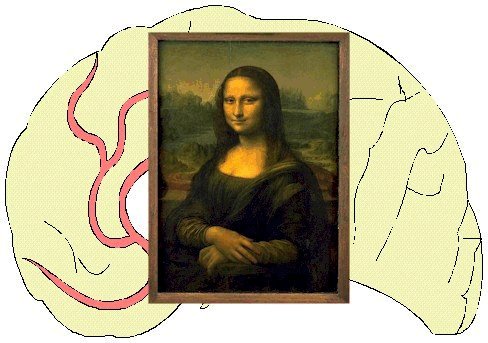
DEAR NOORDHOF,
- Television ought to have been invented in the 19th century. that was the great age of the scientific experiment for lay audiences, Humphry Davy, Faraday and Tyndall perfected it. The physics which was new then lent itself both to such a display and to such audiences.
- Any attempt to do this with modern physics is hopeless, on two grounds. Its scale is wrong, and it is too remote from the audience. There are no experiments in atomic physics or in radio astronomy like Humphry Davy's use of ice for a lens, or like Tyndall's artificial rainbows.
- There are two alternatives. One is to extend modern ideas in physics, not by actual but by model experiments. This will work, but the model must be both subtle and understandable. The saddest thing I ever saw on television was a distinguished atomic scientist demonstrating the classical drop model of the nucleus by solemnly pricking a balloon with a pin. the drop model of the nucleus is a wonderful subject for television. because the layman can, here, actually enter the scientists own way of looking at a problem. (And this us essentially what we mean by a model.) But if you are to get the drop model of the nucleus across, you must do it with something deep and, at the same time, handsome - like slow-motion pictures of a bursting drop. The method of models will not work otherwise.
- The other possible method is to trace the evolution of a scientific idea. In my own programmes, I have found this to be the best way, because the evolution of an idea is in step with its logic and, therefore, takes the viewer most easily through the steps…
- What I have just said will make it clear that I like the logical unfolding of a scientific idea. I do not care for programmes which work by the accumulation of points. I find it easiest to explain a scientific idea by presenting its evolution, because I want to explain its inner logic.
- Back to Aubrey Singer's Speech
Copyright © 1998 by Stephen Moss. All rights reserved.